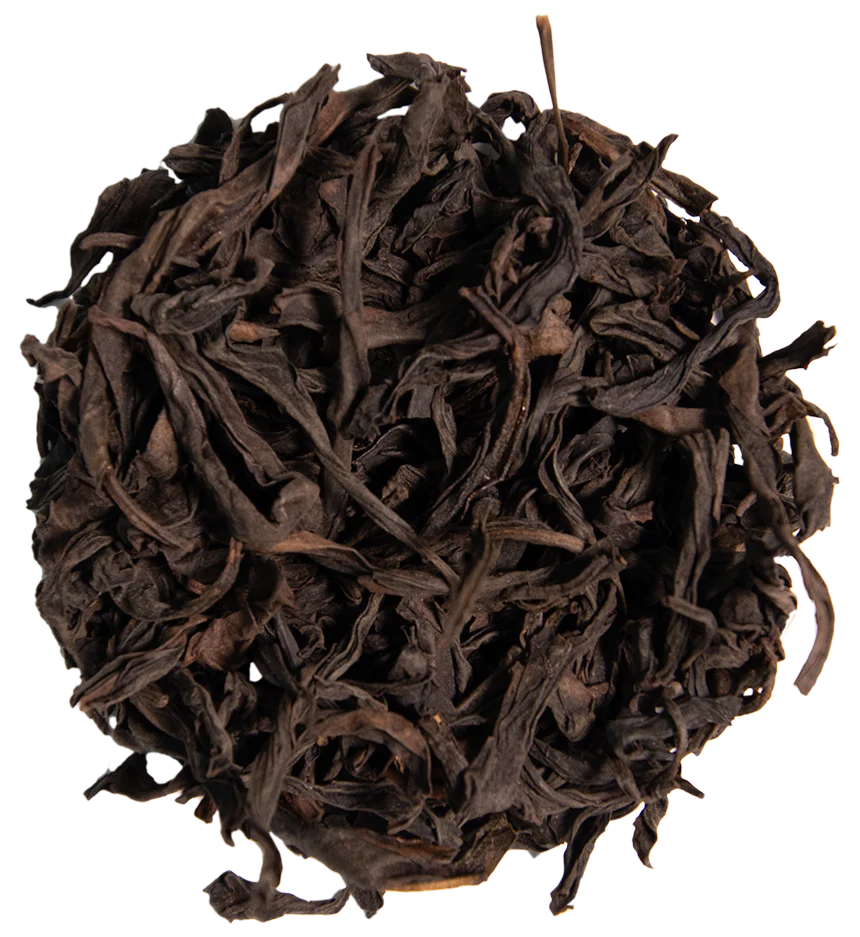Tea & region: Fujian Province
Same as wine, tea produced in specific locations around the world will have different characteristics and flavour profiles. So, we created a “Tea & Region” series to present a particular tea growing region and introduce the teas grown there—no better area to start than Fujian Province in China and Da Hong Pao.
Located on the southeastern coast of China, situated opposite the island of Taiwan, Fujian Province is where White, Oolong and Black tea was discovered and created. The area is also famous for its four major tea production areas, each making specific tea:
-
Anxi county in the south, renowned for lightly oxidised oolong, and the famous Tie Guan Yin, “Iron Goddess of Mercy.”_
-
Zhenghe & Funding County in the north is renowned for producing white such as Bai Hao Yin Zeng “Silver Needle” and Bai Mu Dan “White Peony.”
-
Wuyi County is located in the Northwest and is renowned for its rock Oolong and Black, such as Lapsang Souchong. Rock oolong, also called cli tea “Yan Cha”, refers to a style of oolong produce on a small area of the Wuyi mountain range and benefits from a specific terroir resulting in a unique minerality and flavours profile.

Da Hong Pao:
Da Hong Pao also called “Big Red Robe”, is one of the most famous rock oolongs grown in the Wuyi San area (Mountain ranges) in the North-west of Fujian Province. Harvested by hand in the early to mid-morning, the fresh tea leaves are left to wither for a few hours on bamboo trays to lose the surplus of moisture present in the leaves.
The leaves are then shaken multiple times in the late afternoon and evening by Mr Chen and his team before being left overnight, letting the enzyme present in the leaves oxidise, changing the colour and flavour.
The following day the leaves will be heated to stop the oxidisation enzyme, followed by a rolling step that will break down the structure of the leaves and release the aromatic oil giving Da Hong Pao a sweet cherry and light cinnamon taste. Next, the leaves are dried and roasted over charcoal to stabilise the flavours and add a light baked bread note.

Oolong plucking standard
Oolong harvest is done in mid to late spring as the tea makers need more mature leaves. The picking will usually start after the harvest and processing season of white and green tea. The standard plucking’s for oolong consists of an open bud with three mature leaves underneath harvested by hand.
The popular technique of handpicking is to face the hand upward, hold the stem between the index and middle fingers, then break the stem gently by twisting using the thumb.


